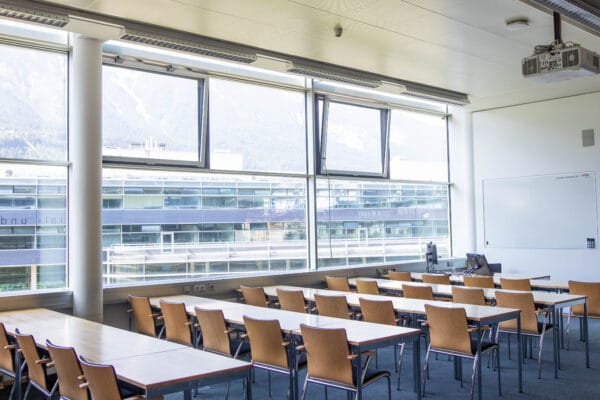
NAME:
MCI - SR 303
BUILDING:
Management Center Innsbruck
FLOOR:
3
TYPE:
Seminar Room
CAPACITY:
54
ACCESS:
Only Participants
EQUIPMENT:
Beamer, Handicapped Accessible, PC, Sound System, Whiteboard, WLAN (Eduroam), Microphones
Mountain regions are recognised as a specific type of territory at the European Union level in the context of cohesion policy, necessitating the development of tailored policies through a place-based approach. To achieve this objective, assessing local characteristics is essential, particularly since many mountainous areas have not been thoroughly investigated. This study focuses on the Carpathian Mountains, which cover 28% of Romania’s territory and extend over 910 km, representing 54% of the entire mountain range. Following the dismantling of the communist regime after 1989, Romania underwent significant socio-economic transformations, with mountainous areas being among the most affected, facing challenges such as accessibility issues and a reliance on the exploitation of natural resources. To capture these developments, this study will be conducted in two phases: the first phase will analyse the socio-economic transformations across the entire mountain range, while the second phase will involve a case study of one of the most impacted areas for a more in-depth analysis. This area is located in the Western Carpathians, experiencing multiple transformations amid the decline and even closure of some mining activities, the declaration of a mining area as a UNESCO World Heritage Site in 2021, and the development of tourist activities in some parts. The results highlight multiple territorial discrepancies in the Carpathian Mountains, with some areas that are flourishing while others are on a downward spiral of depopulation and economic decline. The findings reveal a complex scenario in the Western Carpathians area, with demographic decline and the growing diversification of economic activities, particularly in the tertiary sector. Some local communities consist of generations of miners who are now transitioning to employment in the hospitality industry and nature conservation activities. On the other hand, the formation of new landscapes within mountain ecosystems is highlighted, many of which feature unmanaged extensive brownfields and contaminated sites.

We and use cookies and other tracking technologies to improve your experience on our website. We may store and/or access information on a device and process personal data, such as your IP address and browsing data, for personalised advertising and content, advertising and content measurement, audience research and services development. Additionally, we may utilize precise geolocation data and identification through device scanning.
Please note that your consent will be valid across all our subdomains. You can change or withdraw your consent at any time by clicking the “Consent Preferences” button at the bottom of your screen. We respect your choices and are committed to providing you with a transparent and secure browsing experience.